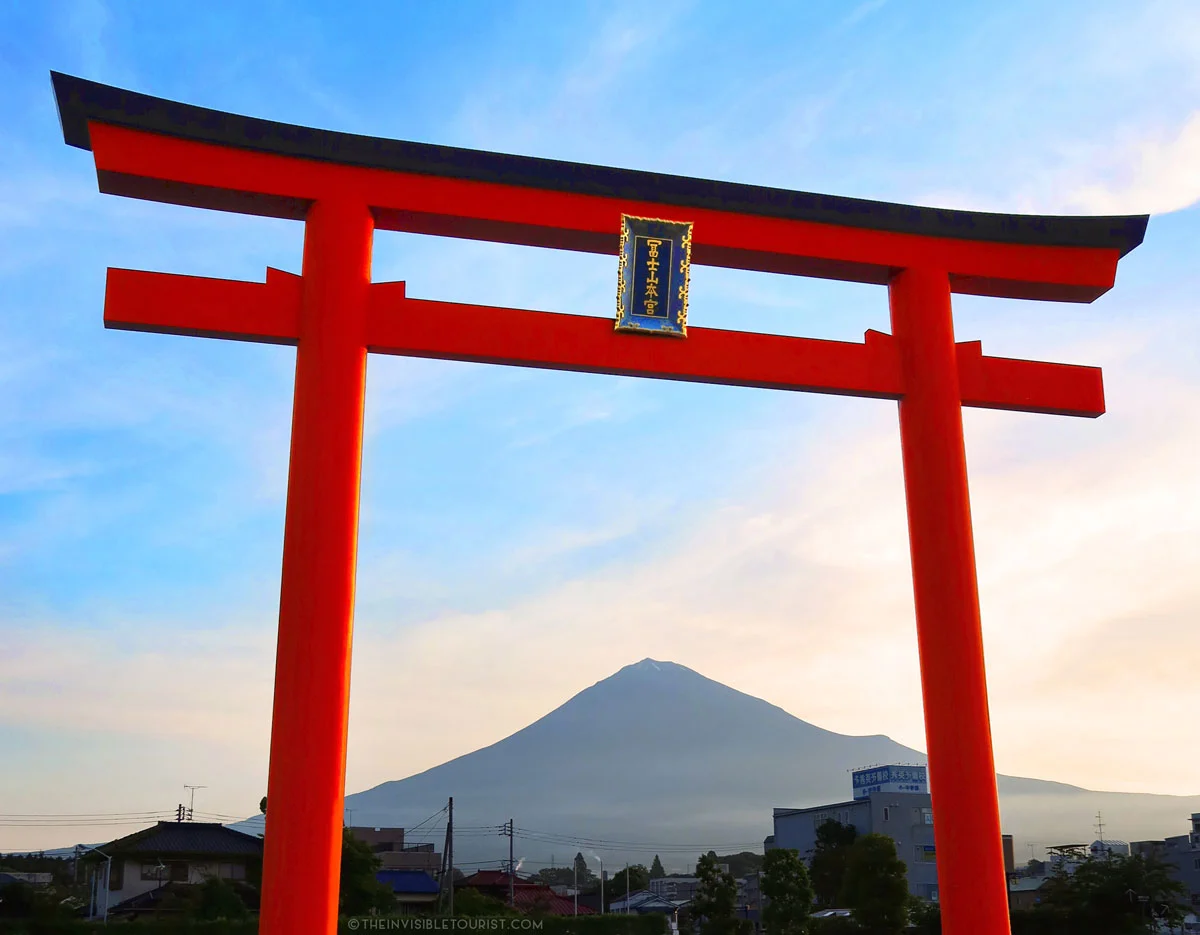Japanese government has approved a comprehensive strategy aimed at drastically reducing greenhouse gas emissions and reshaping its energy landscape through 2040. The plan sets ambitious goals, with a target of cutting emissions by 60% by 2035 and 73% by 2040 from 2013 levels, positioning the country as a major player in the global fight against climate change.
“Despite more than 80% of public comments favoring a more ambitious target, the ministries finalized the goal without changes, citing prior expert deliberations,” the government noted in its announcement.
Key Components of Japan’s Decarbonization Plan:
- Updated Nationally Determined Contribution (NDC): Japan will submit its revised NDC under the Paris Agreement, building on its 2030 goal of a 46% reduction in emissions. The new NDC commits to a 60% reduction by 2035 and 73% by 2040.
- Energy Transition: The revised energy policy envisions renewables supplying 50% of Japan’s electricity by 2040, with a significant boost in nuclear energy, contributing 20%. This marks a shift from Japan’s previous commitment to minimize nuclear energy, particularly following the 2011 Fukushima disaster, which has left nuclear power accounting for only 8.5% of the country’s electricity as of 2023.
- Industrial Growth: A new strategy also integrates decarbonization with industrial capacity building, focusing on creating industrial clusters in areas abundant in renewable and nuclear energy.
Key Challenges and Uncertainties:
While the new strategy is comprehensive, Japan faces multiple obstacles:
- Offshore Wind Sector Struggles: The country’s offshore wind industry, a key part of the renewable energy transition, is hindered by high costs and inflation, with major companies like Mitsubishi Corp. reviewing the viability of existing projects.
- Geopolitical Risk: Uncertainties in international climate policy, particularly U.S. shifts under previous administrations, complicate Japan’s long-term energy plans. Global geopolitical tensions, especially concerning energy supply chains, add an extra layer of risk to Japan’s objectives.
- Economic Growth vs. Environmental Goals: The government aims to balance economic stability with climate commitments, but the pathway may be challenging, especially as the country grapples with rising costs in key sectors and potential supply chain disruptions.
Moving Forward:
Japan’s long-term energy and climate policy is poised to transform the country’s industrial and energy sectors, but it will require overcoming significant hurdles in both technology development and global political dynamics. The country’s ambitious decarbonization goals align with broader international efforts but are deeply tied to managing internal and external challenges.
The success of Japan’s strategy will hinge on effectively navigating the financial costs, technological advancements, and political uncertainties surrounding the transition to a cleaner and more resilient energy future.



